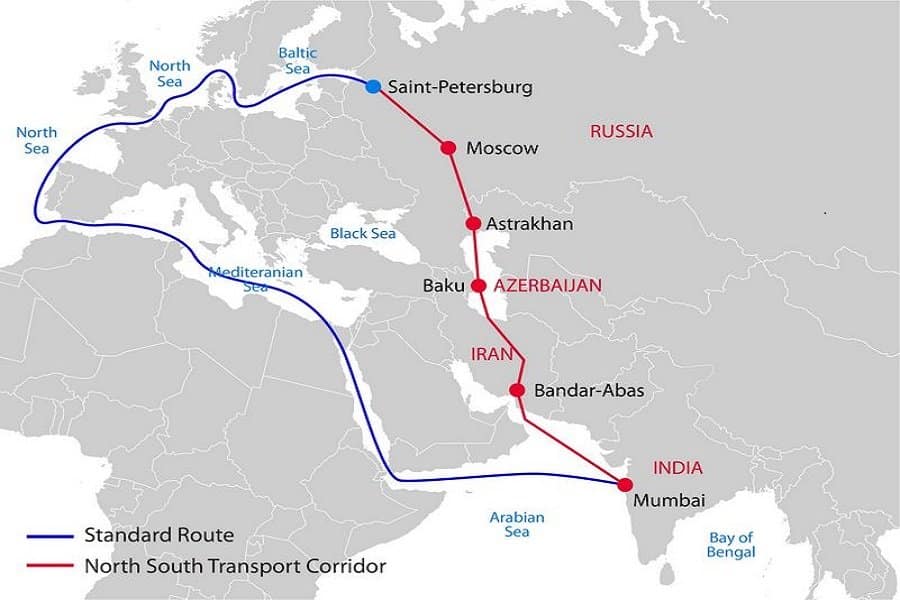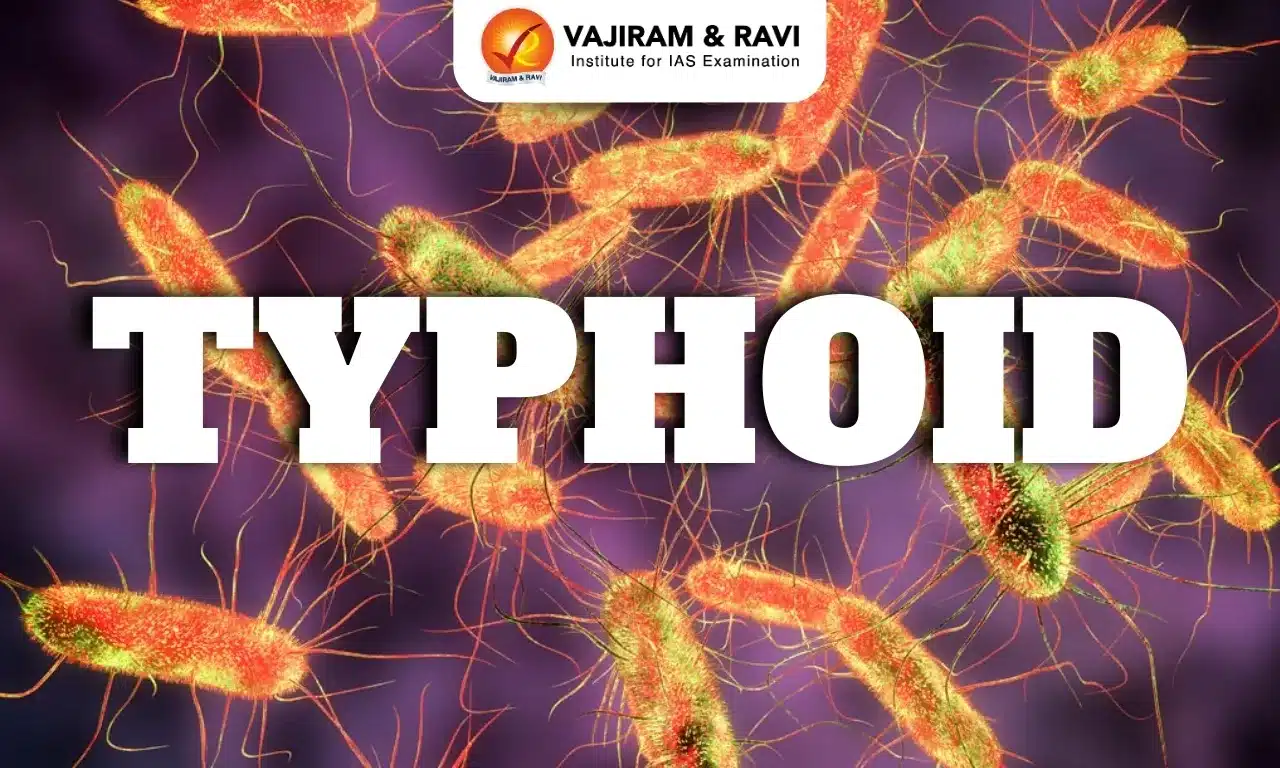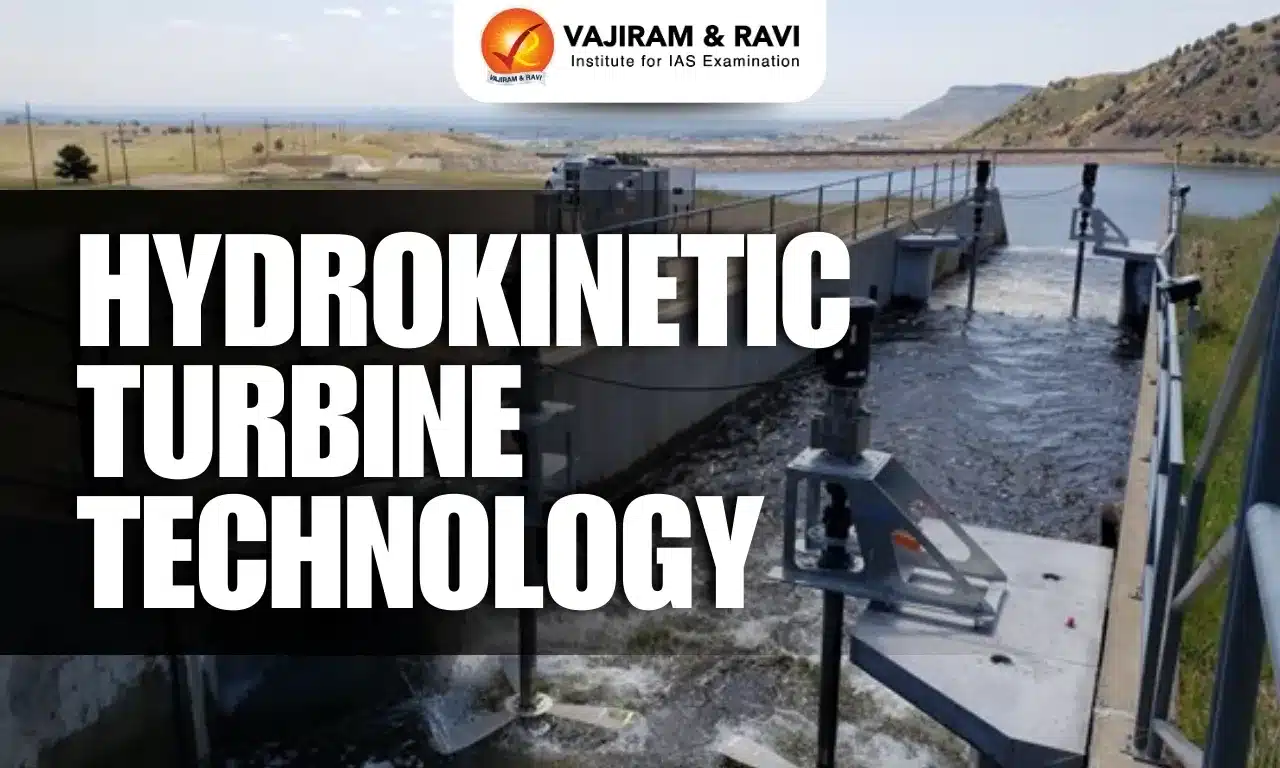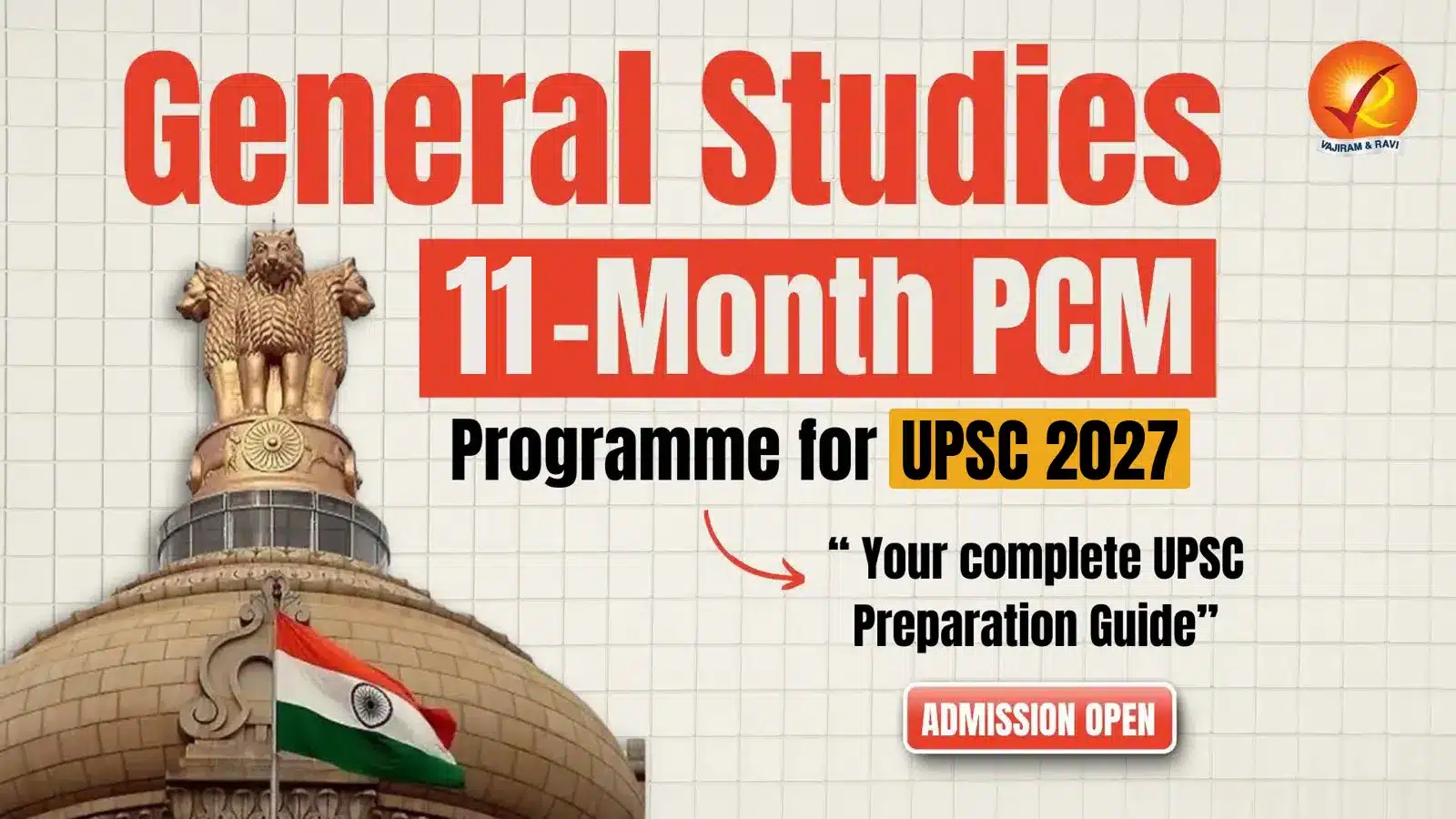About International North-South Transport Corridor (INSTC):
- INSTC is a multi-modal transportation route linking the Indian Ocean and the Persian Gulf to the Caspian Sea via Iran and onward to northern Europe via St. Petersburg in Russia.
- The corridor includes seaports on the Persian Gulf and in the Caspian region, as well as road and rail routes.
- Aim: The main purpose of the corridor was to reduce carriage costs and transit time between India and Russia. The transit time is expected to reduce to almost half, once the corridor becomes fully functional.
- Development:
- It was first mooted in 2000. The idea was to build a transport corridor linking Russia’s Baltic Sea coast to India’s western ports in the Arabian Sea via Iran.
- Russia, India and Iran signed preliminary agreements to develop the 7,200-km-long International North-South Transport Corridor (NSTC) in 2002.
- Three years later, Azerbaijan signed up for the project.
- This agreement was eventually ratified by 13 countries — India, Russia, Iran, Azerbaijan, Belarus, Bulgaria, Armenia, Kazakhstan, Kyrgyzstan, Oman, Tajikistan, Turkey and Ukraine.
- Route: The multimodal route begins in Mumbai, India and goes to Bandar Abbas and Bandar-e-Anzali in Iran, then crosses the Caspian Sea to reach Astrakhan, Moscow, and St. Petersburg in Russia.
Q1) What is the Chabahar Project?
Located in the Sistan-Balochistan province on the energy-rich Iran’s southern coast, the Chabahar port is being developed by India, Iran and Afghanistan to boost connectivity and trade ties.
Source: Russia promises to remove all hurdles choking new route linking Saint Petersburg with Mumbai
Last updated on January, 2026
→ Check out the latest UPSC Syllabus 2026 here.
→ Join Vajiram & Ravi’s Interview Guidance Programme for expert help to crack your final UPSC stage.
→ UPSC Mains Result 2025 is now out.
→ UPSC Notification 2026 is scheduled to be released on January 14, 2026.
→ UPSC Calendar 2026 is released on 15th May, 2025.
→ UPSC Prelims 2026 will be conducted on 24th May, 2026 & UPSC Mains 2026 will be conducted on 21st August 2026.
→ The UPSC Selection Process is of 3 stages-Prelims, Mains and Interview.
→ Prepare effectively with Vajiram & Ravi’s UPSC Prelims Test Series 2026 featuring full-length mock tests, detailed solutions, and performance analysis.
→ Enroll in Vajiram & Ravi’s UPSC Mains Test Series 2026 for structured answer writing practice, expert evaluation, and exam-oriented feedback.
→ Join Vajiram & Ravi’s Best UPSC Mentorship Program for personalized guidance, strategy planning, and one-to-one support from experienced mentors.
→ UPSC Result 2024 is released with latest UPSC Marksheet 2024. Check Now!
→ UPSC Toppers List 2024 is released now. Shakti Dubey is UPSC AIR 1 2024 Topper.
→ Also check Best UPSC Coaching in India

















